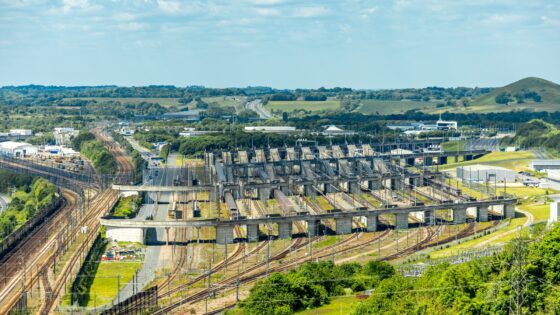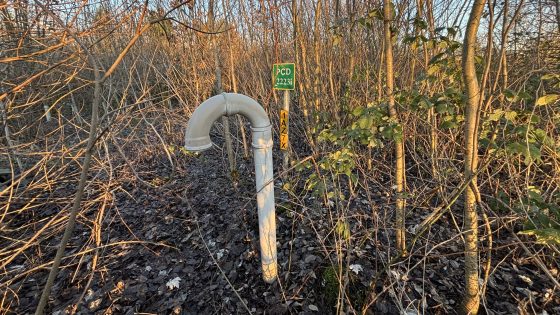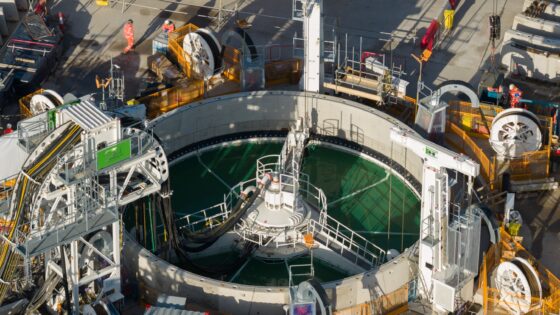Nottingham A52 roundabouts upgrade: design and phasing notes for engineers
Reviewed by Joe Ashwell

First reported on New Civil Engineer
30 Second Briefing
Plans to widen and reconfigure two major roundabouts on the A52 south of Nottingham have been signed off by the secretary of state following a public inquiry, allowing the final phase of the corridor’s long‑running upgrade to proceed. The scheme will increase circulatory and approach lane capacity on both junctions and introduce improved pedestrian and cyclist crossings. Designers will need to manage tie‑ins to existing A52 dual carriageway geometry, maintain traffic flows during construction and address drainage and pavement strengthening for higher traffic loads.
Technical Brief
- Scheme forms the final phase of a multi‑stage A52 corridor upgrade south of Nottingham.
Our Take
Within the 25 Infrastructure stories in our database, there are relatively few focused on specific urban corridors like the A52 around Nottingham, signalling that this scheme is one of the more locally concentrated but strategically important upgrades rather than part of a national trunk-road programme cluster.
Among the 60 tag-matched ‘Projects’ and ‘Contract Award’ pieces, most recent road items involve either capacity increases or safety-led junction redesigns, so the A52 roundabout works are likely to be scrutinised for how well they balance throughput gains with active-travel and local-access considerations.
Schemes in built-up areas such as Nottingham typically face tighter constraints on phasing and traffic management than rural highway projects in our coverage, which often translates into more complex temporary works and stakeholder engagement during construction even when the physical scope appears modest on paper.
Prepared by collating external sources, AI-assisted tools, and Geomechanics.io’s proprietary mining database, then reviewed for technical accuracy & edited by our geotechnical team.
Related Articles
Related Industries & Products
Construction
Quality control software for construction companies with material testing, batch tracking, and compliance management.
Mining
Geotechnical software solutions for mining operations including CMRR analysis, hydrogeological testing, and data management.
QCDB-io
Comprehensive quality control database for manufacturing, tunnelling, and civil construction with UCS testing, PSD analysis, and grout mix design management.


